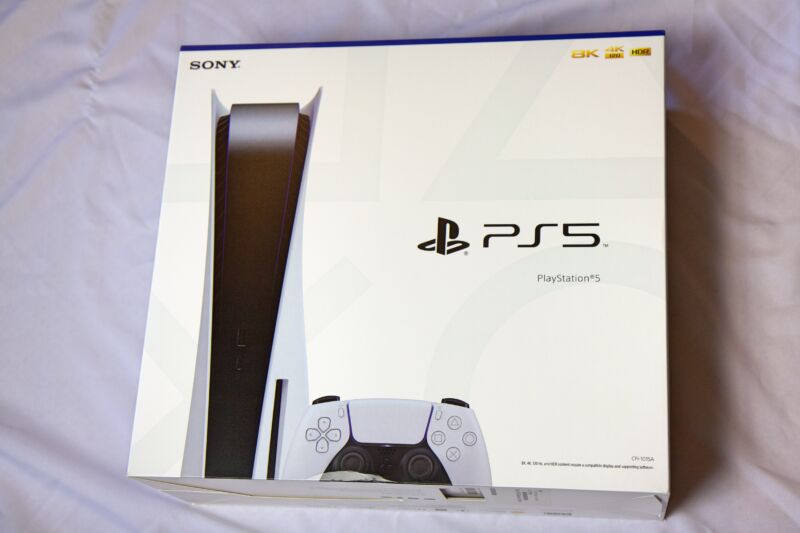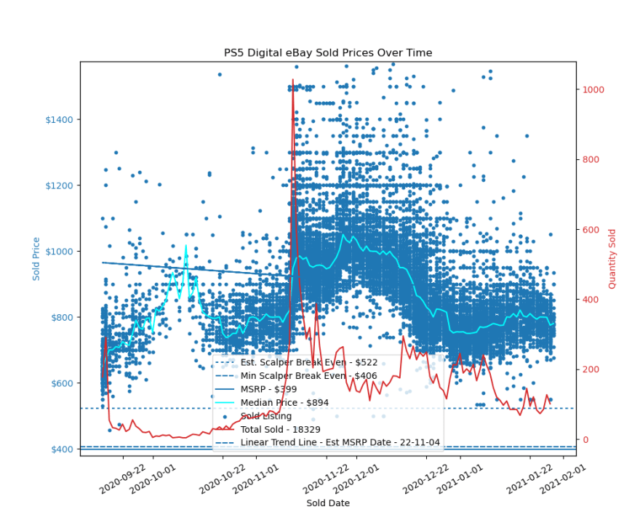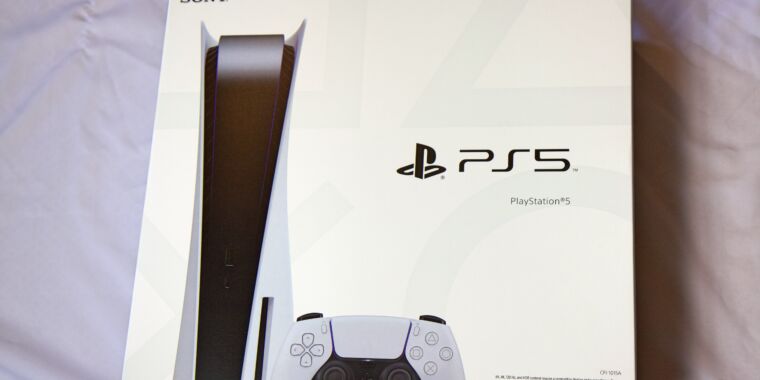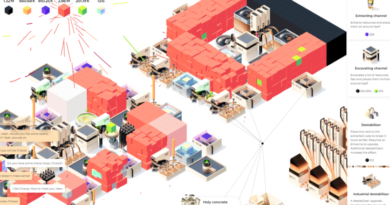Scalpers aren’t the main reason you can’t find a new console
[ad_1]

It has been over two months since Sony’s PlayStation 5 and Microsoft’s Xbox Series S/X officially hit store shelves, and both consoles still remain nearly impossible to find at major retailers. In light of these shortages, many would-be next-gen gamers have focused their ire on scalpers. These opportunistic resellers buy new systems the minute they become available at retail (often with the help of automated bots) with the intent to immediately list them for a significant markup on eBay or other third-party sales sites.
These resellers are certainly taking advantage of the situation and redirecting console stock from players who would otherwise be able to get the systems at the manufacturer’s suggested retail price. But some recent comprehensive analyses of online listings suggest that resellers are only responsible for a small number of all new console sales in the US. Even in a world without scalpers, current demand for the PS5 and Xbox Series S/X would be greatly outstripping current supplies.
Running the numbers
Self-described Oracle Data Engineer Michael Driscoll has done the legwork here, using Python scripts to scrape eBay and StockX for every successful listing selling a PS5 or an Xbox Series S/X. His analyses of these resale markets provide a fascinating deep dive into the details of secondhand console sales, and we recommend reading them in full. But the headline numbers suggest that roughly 146,000 PS5 consoles (and about 110,000 Xbox Series S/X consoles) have been sold on those two resale clearinghouses since the systems launched in November.

Driscoll’s indirect, rough estimates of other resale markets like OfferUp and Facebook suggest 60,000 to 165,000 more PS5 consoles being resold elsewhere online after their original retail purchase. All told, Driscoll estimates the resale market represents 10 to 15 percent of the (also very roughly estimated) 2 million PS5s that have been sold in the US so far. The percentages involved for the Xbox Series S/X are a bit smaller, but they’re in the same range.
Again, a 10 to 15 percent reduction in the number of PS5s available at retail price isn’t nothing. That represents hundreds of thousands of people who were unable to place retail orders and were forced to either wait or pay median resale prices that peaked at up to 260 percent of MSRP, according to Driscoll’s analysis. That’s not a great situation for anyone involved, except for maybe the scalpers.
At the same time, those numbers suggest the scalpers are not the overwhelming factor preventing retailers from keeping these new systems on the shelves.
Imagine there are no scalpers…
As a thought experiment, imagine a world where someone has waved a magic wand and made it impossible to resell a console after it’s bought from a legitimate retailer. In that world, based on Driscoll’s analysis, anywhere from 200,000 to 300,000 more Americans so far would have been able to buy a PS5 at the MSRP of $400 to $500. Again, that would be great news for everyone except the would-be scalpers (who no longer exist).
But then what?
For the PS5, though, the core problem isn’t scalpers. It’s that there are way more people who want to buy a PS5 than there are existing PS5 consoles in the world.
Even with those supplies allocated at Sony’s MSRP, there would still be hundreds of thousands of potential customers clamoring for a PS5. I know that because here in the real, scalper-filled world, customers are currently willing to pay a median price of anywhere from 160 to 200 percent of MSRP (by Driscoll’s reckoning) for one of the thousands of systems available from a reseller. The only way that happens is if the total demand for the system is still heavily outpacing the total supply (which includes the many resold systems that have already made it into players’ hands, in this case).
In contrast, resale prices for the PS4 are currently sitting at a median of between 70 and 90 percent of MSRP, according to Driscoll’s analysis. That’s what happens when retailers have plenty of stock to satisfy demand. For the PS5, though, the core problem isn’t one of scalpers. It’s that there are way more people who want to buy a PS5 than there are existing PS5 consoles in the world.
In one sense, nothing could be less surprising. Even the Wii U, which ended up being a massive flop for Nintendo, saw widespread sellouts and secondhand markups in the weeks surrounding its launch. The nature of the multi-year console cycle (and early adopting gamers) means there’s almost always enough pent-up demand for new hardware to account for whatever a console maker can produce right around launch.

The question for every system launch, then, is how long that situation will last. For the Wii U, supplies were easy to find on store shelves within two months of launch. For the Wii, on the other hand, the shortages lasted for years, leading to the widespread (and actively denied) belief that Nintendo was intentionally holding back Wii supplies to create some sort of self-perpetuating artificial demand that made the system seem more popular (or something).
Just make more?
In the case of 2020’s new consoles, the supply constraints seem set to last for a few more months at least. Microsoft head of investor relations Mike Spencer recently told the New York Times that the Xbox Series S/X would be supply-constrained at least through June. And AMD, which supplies chips for both the PS5 and Xbox Series S/X, has also said it expects supply constraints to last through the first half of 2021. “It’s fair to say that the overall demand exceeded our planning and as a result, we did have some supply constraints as we ended the year,” AMD CEO Lisa Su said.
Can’t these chip and console makers just ramp up production to help satisfy the intense demand more quickly? Theoretically they could, but logistically it’s not always that simple. Limited supplies of raw materials and suitable production facilities, for instance, could heavily increase the marginal cost of cranking up production rates. In any case, it’s hard to make that kind of change on a dime; contracting with new manufacturers and supply lines is a complicated process, especially if you didn’t see the excess demand coming.
Increasing production capacity above a current baseline isn’t without risk, either. By the time you’ve incurred the cost and effort of cranking out consoles faster, aggregate demand may have died down, leaving you holding the bag with increased expenses and warehouses full of hard-to-sell product. If you keep supplies steady, on the other hand, you incur less risk and those potential players will still eventually get their desired consoles (unless they change their minds or go with a competitor, of course).
Absent increased production, Microsoft and Sony could also just raise the price of their consoles, pocketing added revenue from an obviously ravenous fan base. From a PR perspective, though, that would be a really bad look in a world where hardware prices only go down with time. Still, retailers sometimes try to pull off a similar trick by forcing customers to buy hard-to-find hardware as a part of an expensive bundle.
So yes, when it comes to console shortages, scalpers are definitely a part of the problem and provide an easy scapegoat when store shelves are empty. But the larger reason driving new console shortages is years of pent-up demand that the console makers are unable (or unwilling) to satisfy as quickly as the market would like. As with every console launch, the only way to avoid paying scalpers’ secondhand markups is to just be patient.
[ad_2]
Source link




